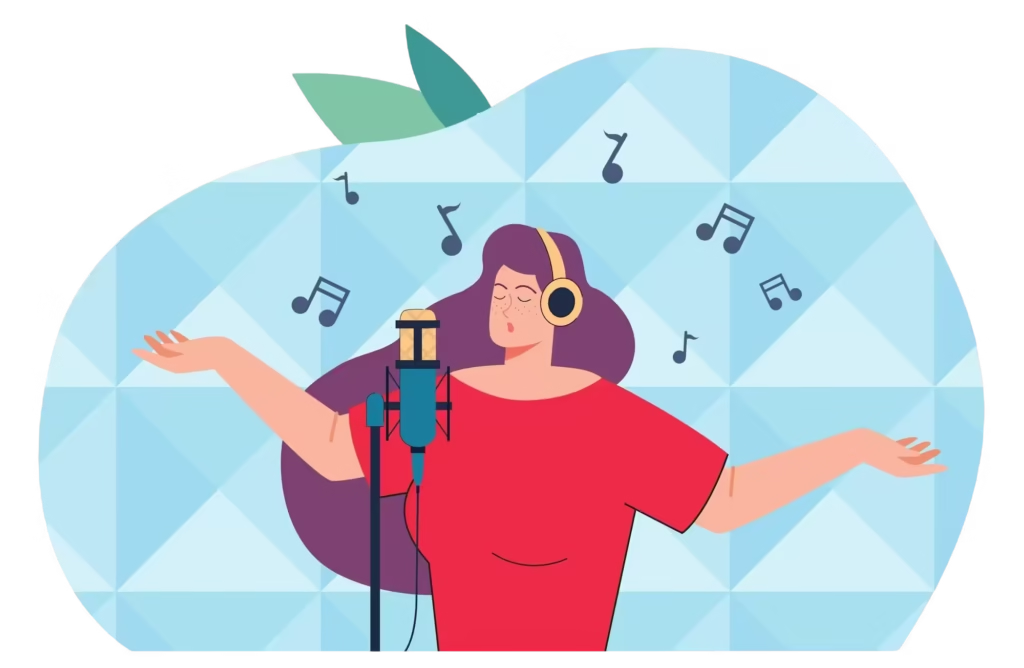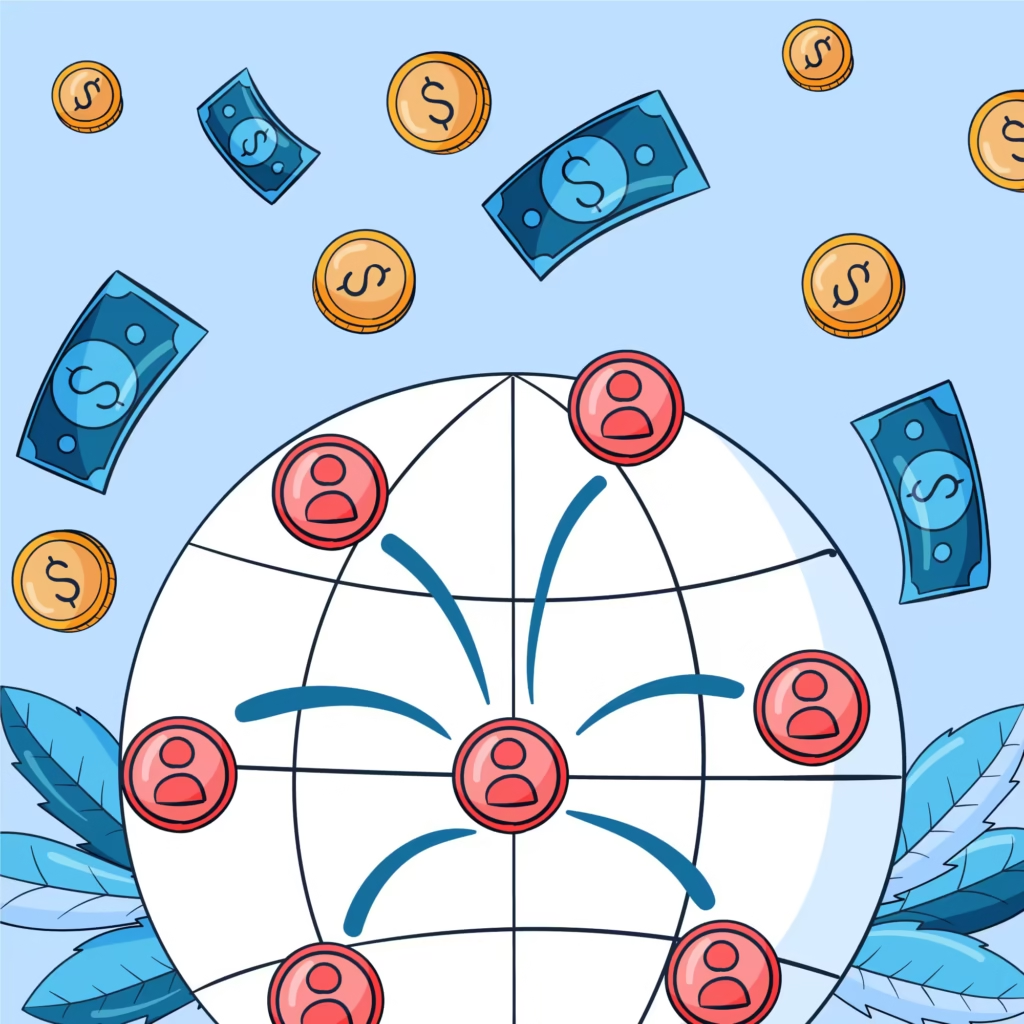Making money while you sleep is a dream come true to many.
But is it really what we all think it is – a life consisting of freedom, joy and luxury?
Is passive income a real thing or a scam?
WHAT IS PASSIVE INCOME
Passive income is literally that – passive income.
Explained in an easy-to-understand language, it’s a money-making model where you don’t have to work, but still earn enough money for your needs.
Is it really that simple, though?
Well, not exactly. There is no such thing as making money without doing anything – or at least for regular people like us – without relying on inheritance or rich relatives.
The idea of passive income originates from the idea of growing a business to a point where you don’t have to work anymore because your business is self-sustainable.
Passive income is actually an active income until you grow that active income to a point of self-sustaining.
TYPES OF PASSIVE INCOME
We learned about passive income, and it’s actual meaning, but what different types of passive income actually exist?
Here are some of the most common types of passive income:
- Rental income from real estate
- Dividend income from stocks
- Digital products
- Affiliate marketing
- Royalties
RENTAL INCOME
This one is straightforward.
You need to have enough money to buy a house or an apartment or any other real estate. It doesn’t matter as long as you can rent it out to someone.
This isn’t as easy as it seems though, there are plenty of factors you need to take into consideration.
What if your tenants aren’t responsible and trash your place completely? What if something breaks in your rental? You need to pay for the fixes. What if your tenants are late on payments?
This passive income type is, along the dividend income, the most common. The hardest part here is earning enough money to buy your first rental. If you’re taking out a loan to buy it, make sure your tenant covers your loan payments each month.
In the long-term renting a real estate property is a good way of earning some passive income.
DIVIDEND INCOME
Some companies you invest in pay out dividends.
What’s a dividend?
Dividend is a portion of company’s profit it distributes to its shareholders.
To put it simply – when a dividend-paying company earns profit, it pays you a certain percentage.
Most common among dividend-paying companies are Coca-Cola, Apple, Pepsi, Johnson & Johnson, Target – the list goes on.
The safest companies that pay dividends are known as Dividend Kings – they increased their dividends for 50 consecutive years or more.
There’s a second group of companies called Dividend Aristocrats – they’ve done the same thing as Dividend Kings but for 25 years in a row.
You need a lot of money if you’re planning on earning at least $1,000 a month from dividends. With the average portfolio yield of 4% you’ll need to invest $300,000 to earn $12,000 a year.
DIGITAL PRODUCTS
Here we can probably see the best example of an active income turning into passive income.
Digital products are things you make and sell online – eBooks, online courses, software, or even some online services if you can source them out.
The thing with digital products is, you’ll have to work a lot before you get your first sale – you’ll have to build that digital product, build a website around it – or sell it on some marketplace, and finally promote it, so people get to know about it.
People who sell digital products like eBooks and online courses are often highly educated in their respective industries.
I say often because I’ve seen the same people selling courses on almost every topic there is on some online courses platform.
I actually bought two of their courses, one about video editing and the other one about Python programming. Both of those courses were something you can find on a regular YouTube tutorial playlist, so I guess it wasn’t worth the money.
Although, I respect the grind from those people because they need to learn something about the topics they’re going to record courses about, but my recommendation is to stay away from those courses because they are not high quality in my opinion.
AFFILIATE MARKETING
Affiliate marketing is when you promote other companies’ products or services through your website/blog or social media, which in turn earns you a certain commission for each sale made through your referral link.
The hardest part here is actually building a following on social media or your website and getting to know your audience because if you have a fitness blog, no one will want to buy the video game you promote – the product you advertise doesn’t suit your audience which is crucial!
I’ve had an offer to promote an F1 store on my Troll F1 YouTube channel before. The commissions were way too low for me to accept. Although, the audience that store was targeting was perfect for them – my viewers are F1 fans who would probably buy their products.
ROYALTIES
This one is arguably the hardest to achieve – passive income from royalties.
If you don’t know what the royalties are – it’s earning money from intellectual property such as music, books, patents, movies, etc.
This type of passive income is the most common one in the arts.
Let’s say, you’re a book writer who wrote a #1 New York Bestseller. Do you think you get 100% of the profits that book makes? Hell no! You’ll earn a certain percentage which is called a royalty.
Most of the profit will go to the publishing house if you’re a writer, or a record label if you’re a musician.
This passive income type is very hard to get, but once you start getting those royalties, you’ll fully understand the power that the passive income has.
Just remember Mariah Carey’s “All I Want for Christmas Is You” the next time you go shopping during the Christmas season, and you’ll see what I mean.
PASSIVE INCOME SCAMS
In your life, you already have, or you will come across multiple passive income scams. If you’re unsure whether you’ve encountered one, let’s look at some of many examples of passive income scams you can experience online.
MULTI-LEVEL MARKETING (MLMs)
MLMs are pretty much always marketed as a legitimate business. They make their website where they usually sell something – I’ve mainly come across fake courses composed of low quality videos.
MLMs work like a pyramid scheme, where the people who made the MLM earn the most from selling their services, then people who bought their services earn a commission from selling the services they previously bought. Whenever the customers sell a service, those from whom they bought it from are earning their commission as well and so on and so on.
When does this end?
It ends the moment the demand for these services dies. When people stop buying services from lowest-tiered people in the MLM, the whole thing falls like a castle of cards.
Lowest-tiered people stop earning because they aren’t selling, people in a tier above them stop earning because they’re not getting commissions, people above them as well and so on until it reaches the top where the owners of the MLM stop earning money because no one is buying their stuff anymore.
So what’s the difference between a pyramid scheme and an MLM?
MLMs are legal in most cases, the key difference between those is that MLMs focus on selling their services instead of recruiting new members.

CRYPTOCURRENCY SCAMS
Although these are not your particular passive income scams, the whole concept of these is to get rich as quick as possible, sometimes overnight.
As I’ve stated in my article How to Make Over $100 a Day – Real Example, there is no such thing as getting rich quick. Whenever you see someone on the internet say they got rich quick, their overnight success has been in the making for a long time because learning and improving your skills take quite some time.
Crypto scams typically promise you unreal earnings in a short amount of time. You get promised an exponential growth, where you invest only a small amount of money, usually less than $100, and earn over 10,000% on that investment in only a few days.
Some crypto scams even have the similar structure as an MLM – they’re a pyramid scheme with the focus on recruiting new clients. Whenever you want to enable your account to earn faster and more money, you need to pay them a certain amount. That way you’re constantly paying them in hopes of getting some money back over time. Many crypto scams end up cashing out before they crash, leaving their customers empty-handed. Even if they don’t cash out, you’ll probably have some sort of restrictions on your withdrawals.
You should watch out for terms commonly used by scammers – staking, yield farming, blockchain technology.
One of the biggest crypto scams was OneCoin – I recommend watching a ColdFusion YouTube video on that topic called “’Fake Bitcoin’ – How this Woman Scammed the World, then Vanished”.
One of the most recent scams is the FTX scam or the Terra Luna one.

FAKE ONLINE COURSES AND COACHING PROGRAMS
What’s the catch with online courses and coaching programs? Isn’t that actually good? Don’t you learn a new skill which you can use to start a business or get a job promotion?
Well, it’s completely the opposite.
People who sell these fake online courses and coaching programs offer something unrealistic. Yet for some reason, most people don’t recognize it as a scam.
They’ll tell you that if you pay them $10,000 they’ll teach you a skill which will enable you to make unlimited amount of money working only 2 hours a day.
As you can already tell, it’s completely fake.
The lengths to where these people go to sell their courses and coaching to more and more people is unbelievable. These days, most of them will make a fake social media account – whether on Instagram or YouTube, it doesn’t matter – post pictures alongside rented luxury cars with rented seaside resorts in the background while throwing money at the camera. They’ll promote lavish lifestyle which you can also afford only if you buy their course/coaching that’s worth hundreds, if not thousands of dollars.
Even if you buy their course, and go to meetings they sometimes organize for their students, you’ll have to pay for tickets which just to hang with them. And oh boy do those tickets cost a lot.
Once you fall down that rabbit hole, there’s no coming back. They’ll try and take every single dollar from your bank account. They won’t look back if they successfully do so.
Luxurious lifestyle can be achieved, but not this way. The only people who got rich from these courses are the ones selling them!
PASSIVE INCOME APPS
Probably all of us have come across ads about passive income apps, where they promise you money in exchange for playing games or walking. Although they’re not always lying, most of them are scams.
Some apps will gather data from your phone and possibly sell it. Some will use the power of your phone to mine cryptocurrency for their own profits.
On the other hand, there are apps that actually pay you for using them. On some you can earn money by walking – most notably Sweatcoin – or by cashback from purchases through affiliate links – Rakuten.
Overall, these apps are not always scams, but most will use your phone for their benefits and not yours.
SUMMARY
When it comes to setting realistic expectations for passive income, you need to stay humble.
Set your expectations as low as possible to just get started with passive income. If you start investing into dividends, that dividend income won’t be huge at first. Over some time it’ll grow and you’ll start noticing it.
Don’t get caught in get rich quick schemes. They’ll just slow your progress.
Take your time and be patient and money will come to you eventually.
Remember, no passive income is truly 100% passive, you’ll always have to, at least, monitor it and adjust it.
Active income remains active until it grows enough to become mostly passive.






Leave a Reply